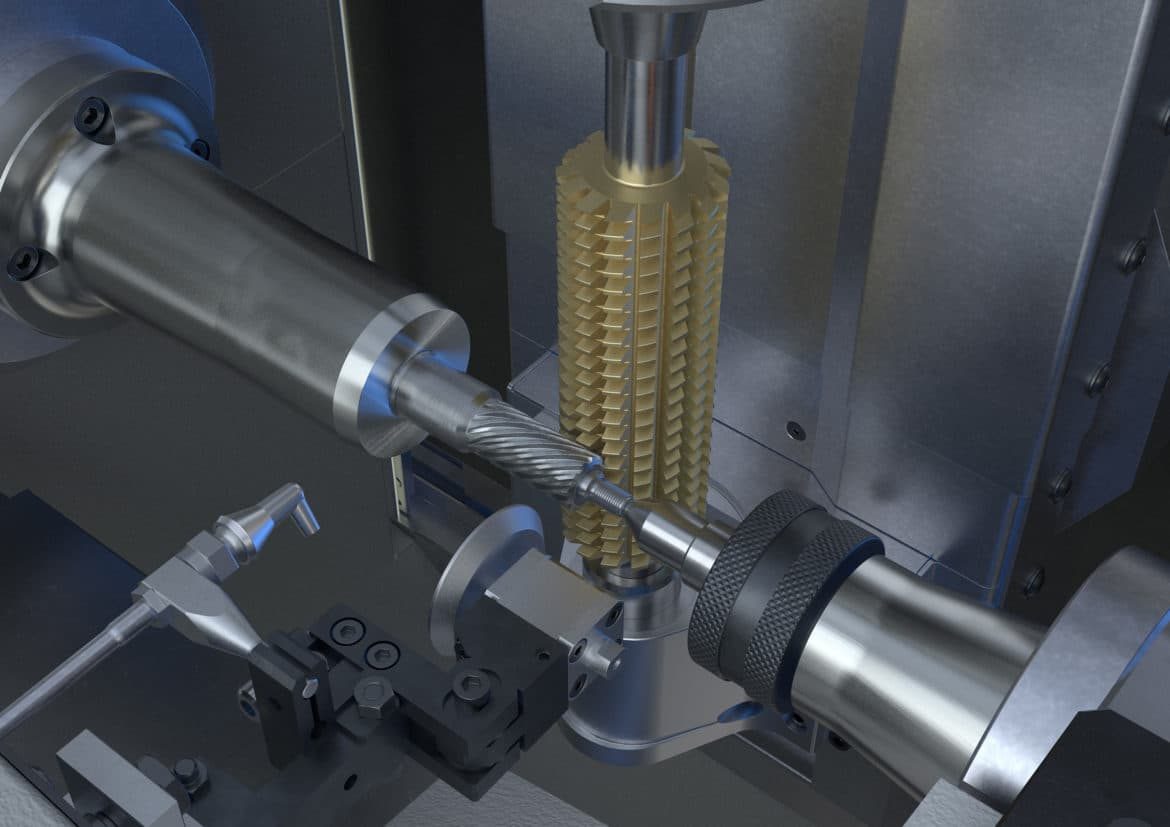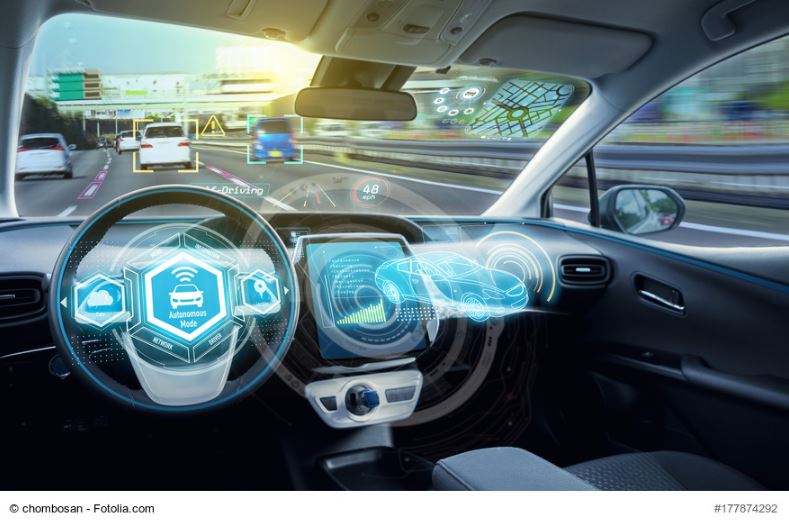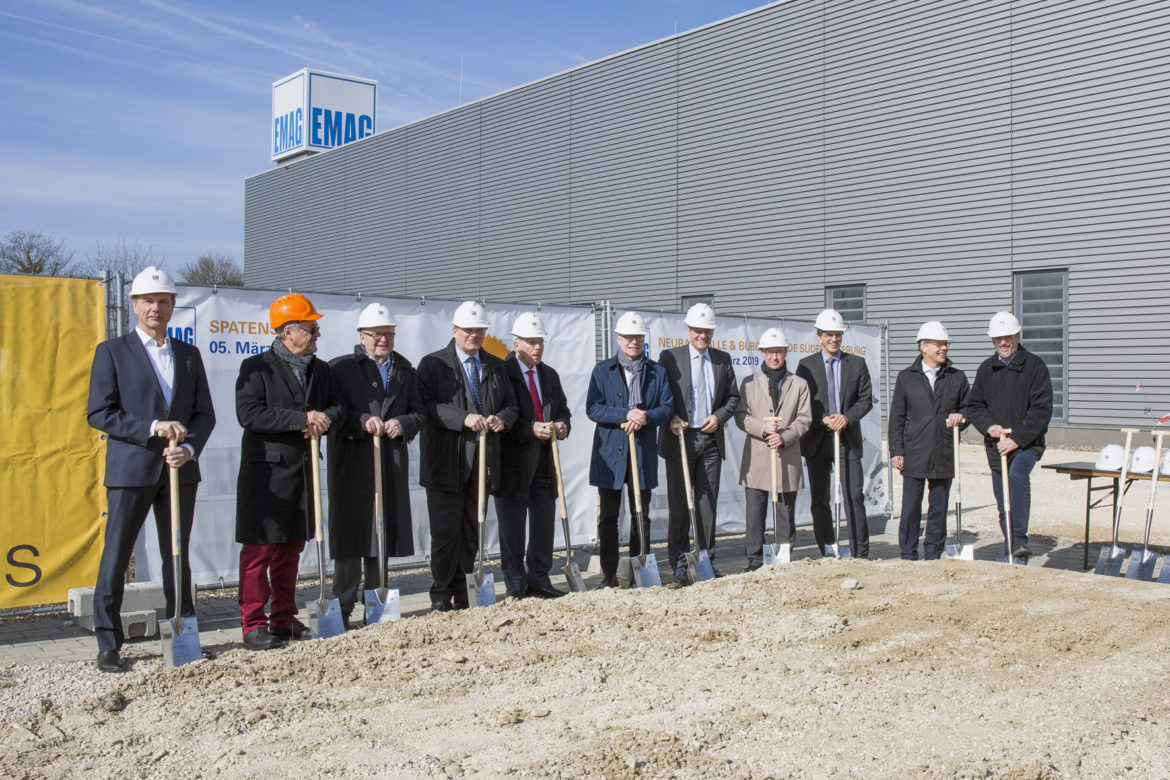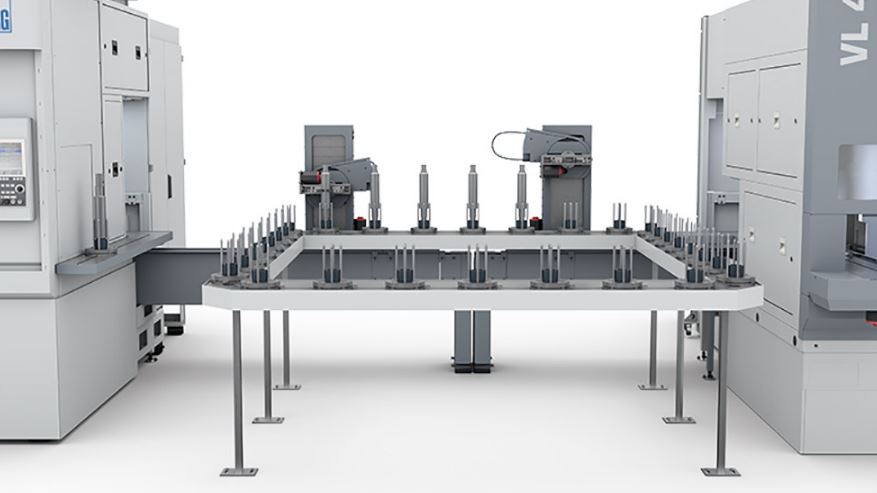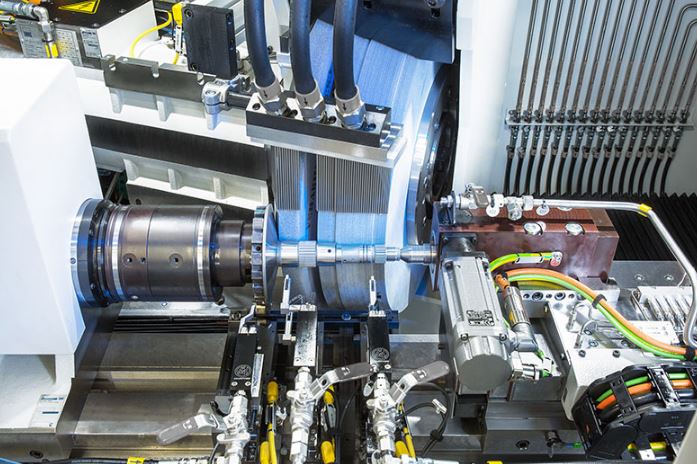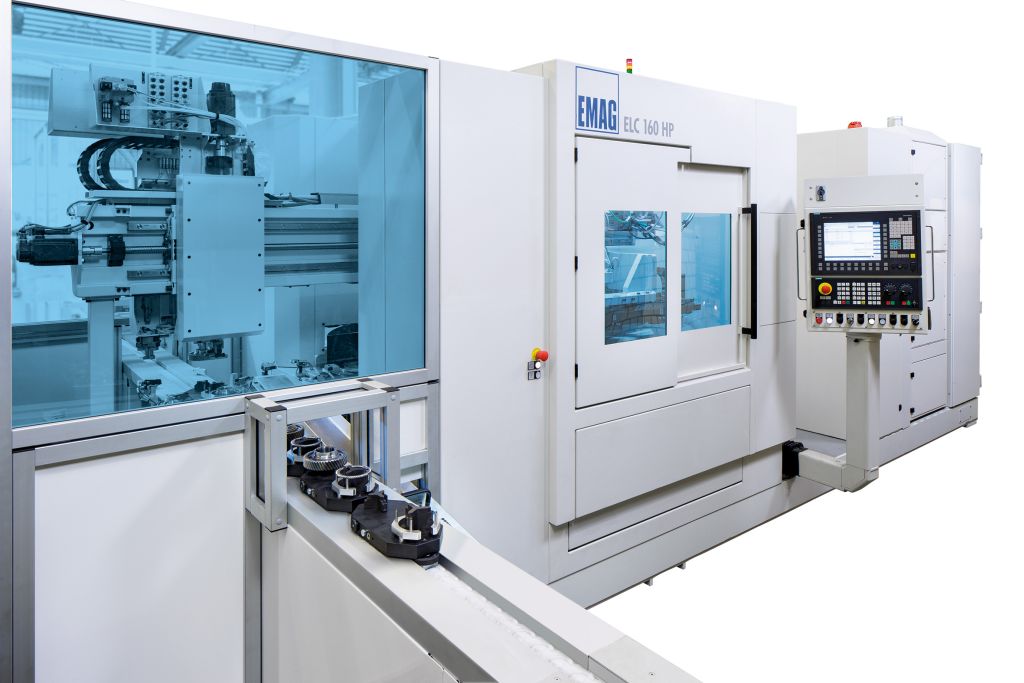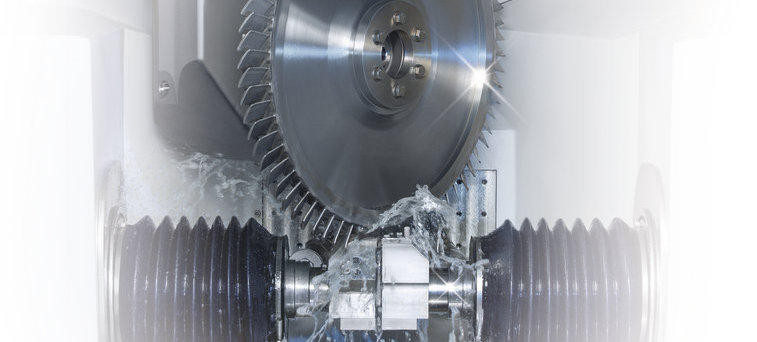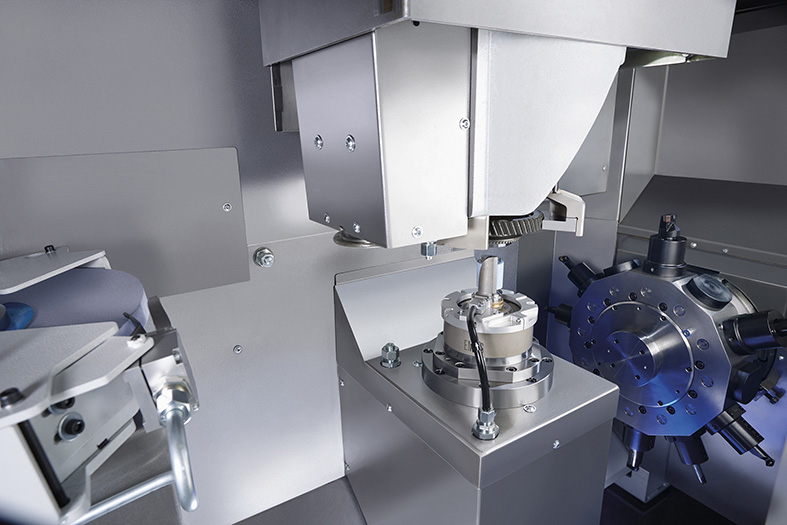Electric power steering has become standard in the manufacturing of automobiles. The technology guarantees very precise steering support for every type of vehicle, high-end driving comfort, and lower energy consumption in the steering system, which has a positive effect on the car’s CO2 consumption.
Markus Isgro
The revolution in car manufacture is happening subtly: Our cars are mastering an increasing number of situations without driver intervention. There is a large number of assistance systems which keep the vehicle on track or avoid obstacles. Recent models even park independently or drive into the garage. This requires the driver to take their hands off the steering wheel entirely. Experts divide the current development into phases: The assistance systems described above have already become a reality. As a partially automated system, parking assistance belongs to phase two. In a few years, fully automatic, driverless operation will follow as the last phase.
Turnkey production systems at the highest level – a fitting way to sum up EMAG’s know-how. Among other things, our company develops complete production solutions for the automotive industry. For the construction and pre-assembly of these solutions, EMAG needs more production space in Salach. The machine manufacturer has also enjoyed many years of extraordinary economic success. These two factors necessitate the current expansion of EMAG’s headquarters in Salach. This will also prepare our facilities for the requirements of the future.
A continued rise in the demand for customized systems and integrated solutions was predicted back in 2014 by a survey of German manufacturers of plant and machinery, in a study on the future perspectives for the industry in Germany. This is not surprising given the huge “Industry 4.0” trend, as extensive automation in the form of customer-specific system solutions is a fundamental prerequisite for the digitalization of production facilities. The machines used then form an integrated system that production planners can control from a central point. Moreover, many companies need to respond ever more quickly and flexibly to technological developments. Numerous different versions of parts and fluctuating unit volumes are typical for small and medium-sized production companies in the automotive industry.
Cylindrical grinding on driveshafts and transmission shafts has always been particularly demanding, as the parts feature a wide range of geometric details that are machined with high precision in the grinding machine. With the rapid pace of technological development in the automotive industry, which keeps increasing the functional density of many components, there are more demands than ever on the design of grinding machines today. Users require highly customized machines that can perform multiple grinding operations, including combined internal and external grinding.
Lightweight construction in the automotive industry is a fight for every pound. Every single part is investigated for whether it could be made even lighter. This is typically accomplished by using new materials of changing part geometries. Laser welding offers a surprisingly simple strategy, e.g. by enabling a stable connection between differential gear and ring gear. This saves screw connections and reduces weight by 1.2 kg – quite an accomplishment by the standards of the field.
When precision counts in electrochemical machining, the tool cathode plays a significant role: Its shape determines the removal of material at the workpiece. Therefore, its design and precise production is a particularly important machining task in the micrometer range. For its development, EMAG ECM therefore has a large development area with a largely digital workflow.
The VLC 200 GT is loaded at by the integrated pick-up spindle. The process starts with hard pre-turning of the shoulder and the bore hole in quick succession. Only a few micrometers of material are then left to be removed from the automotive gear by the subsequent grinding process, using either aluminum oxide or CBN grinding wheels.
Transmission manufacturing is among the most innovative areas of passenger vehicle production: This central component has to ensure a high level of driving dynamics, while keeping fuel consumption low at the same time. Transmissions are therefore becoming smaller and lighter, and provide a higher number of speeds. The individual gearwheels are a main focus of the developers. Their production in extremely high volumes requires a high level of efficiency—at high precision, high speed, and highly controlled.
